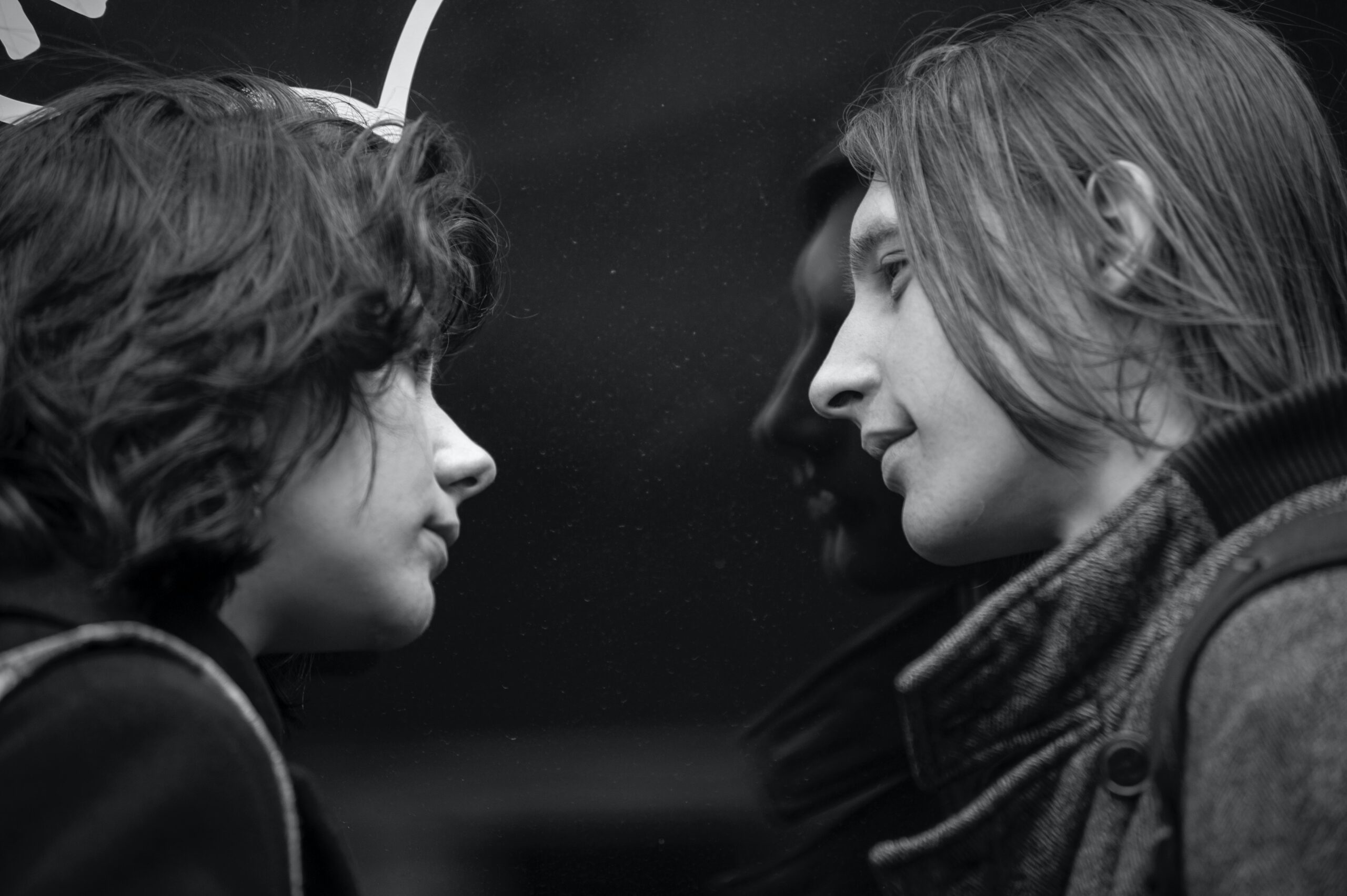23 Before the coming of this faith,[j] we were held in custody under the law, locked up until the faith that was to come would be revealed. 24 So the law was our guardian until Christ came that we might be justified by faith. 25 Now that this faith has come, we are no longer under a guardian.
26 So in Christ Jesus you are all children of God through faith, 27 for all of you who were baptized into Christ have clothed yourselves with Christ. 28 There is neither Jew nor Gentile, neither slave nor free, nor is there male and female, for you are all one in Christ Jesus. 29 If you belong to Christ, then you are Abraham’s seed, and heirs according to the promise.
In this old, old letter that was preserved in the Christian writings, we hear that healthy spiritual living is accomplished only when we move beyond the old boundaries. In maturity, we recognize the artificial nature of the boundaries of male and female, jew and non-jew. And we could extrapolate: light skin and dark skin, indigenous and non-indigenous, gay and straight, cis and trans gender, conservative and liberal, rich and poor…the message is the same. We are all one.
This is the essential teaching: We are all one. We need to hear it again and again, and in ever different ways. Imagine if we begin to live with eyes and hearts that are always seeking that sacredness in each and every person, looking for that essence of love and light…the human desires that unite us all: to be free, to be fed, to love and be loved. Imagine the simple instruction in Todd Parr’s book: Love Yourself and Love the World – you can always find something to love about yourself and you can always find something to love in everyone.
Imagine that when we’re most annoyed, most apt to close ourselves off, most tempted to cross the street to avoid our fears or our lack of understanding, imagine if we could begin training our minds and hearts to ask another question:
- where can I see light and love in this person?
- In our cosmic and universal story of evolution, of adaptation, of chemical and physical wonders, let me remember that we are made of the same substance…all of us.
- In the voices and teachings of those different from me, what can I learn from them so that we can teach each other the best of our wisdom, and know that we are together in our quest for a better world and a good way of being with each other.
Can we be as creative in seeking the light and sacredness in each other as we are at pointing out our differences…that will always be our daily challenge.
We must let our imaginations guide us toward how we can turn to these questions in our interactions, how we can make our way to places that pull us out of our comfortable bubbles and toward the experience of coming eye-to-eye and face-to-face with a new expression of sacredness we haven’t had before? How we might honour the light in each other with respect and reverence. How we might see each other…really see each other.
In South Africa (and in indigenous communities in various places in africa), we learn from their culture and tradition. When one person would approach another, they would pause, face each other, look directly in each others eyes for a few moments, and say in the Zulu language SAWUBONA. The other one replies to the greeting. Yebo, Sawubona. And then continue on their way.
“One says ‘We see you.’ Connecting through the eyes, the other replies, ’Yes, we see you.’
When we connect with our deepest selves – our common humanity – when we are attentive to what we all share, and are present to that connection: the joy, acceptance, compassion, understanding, cooperation, love, peace of mind, we are saying: “Until you see me I do not exist. When you see me, you bring me into existence and into community of the we.”
Let’s turn to someone near us…look into each other’s eyes and greet one another by acknowledging that we exist, we are important. We are seen.
Sawubona. Yebo, Sawubona.
-Chris New

No responses yet